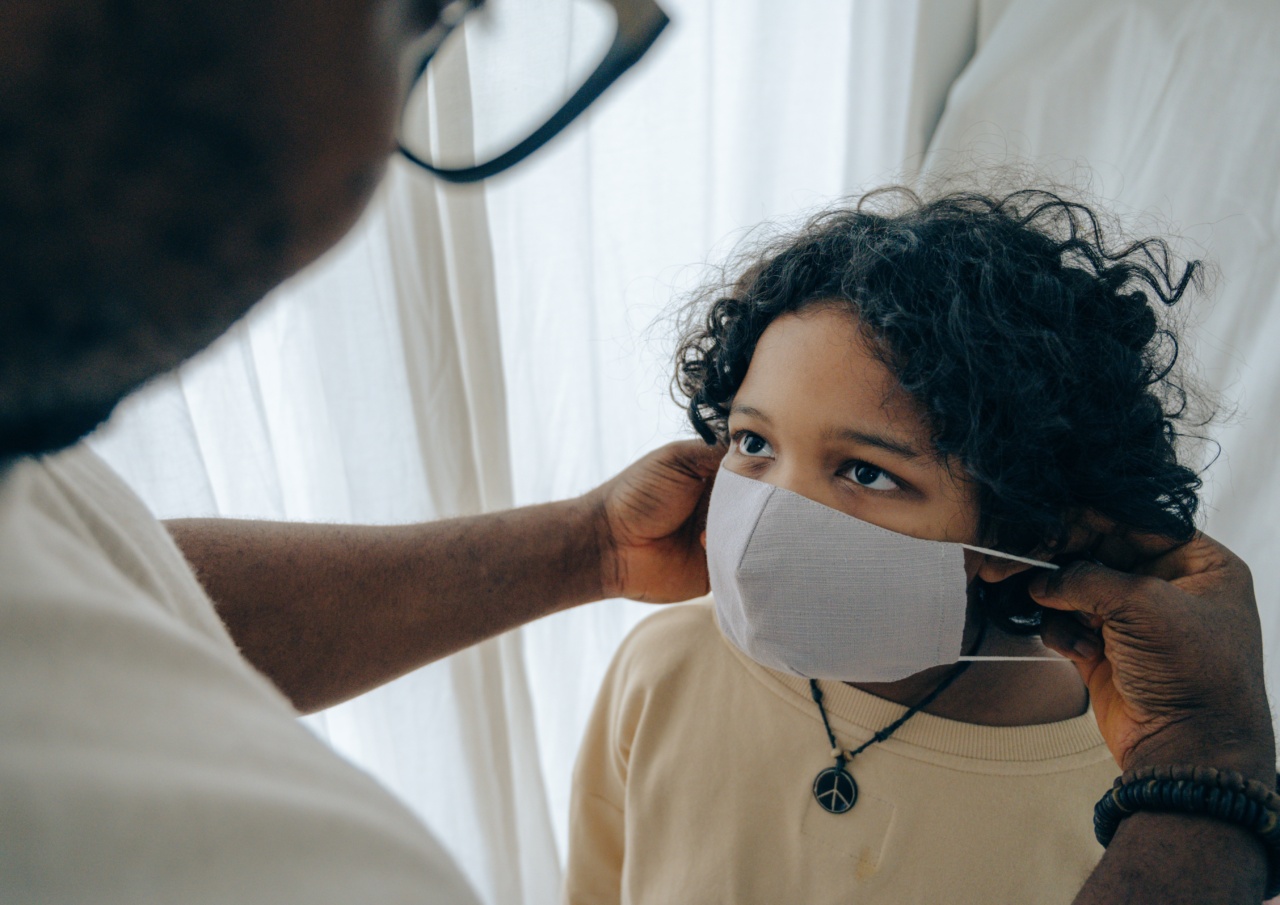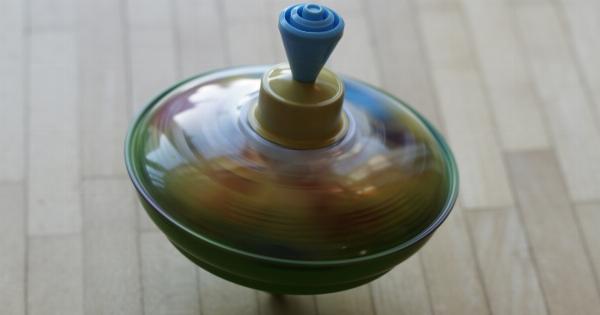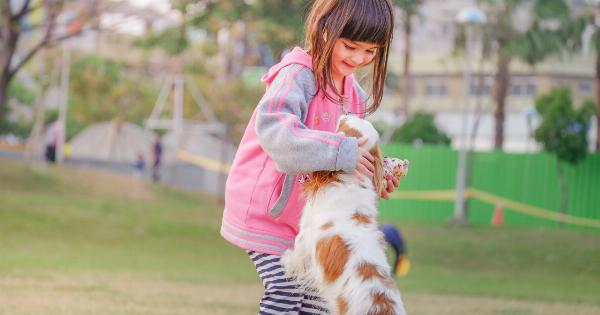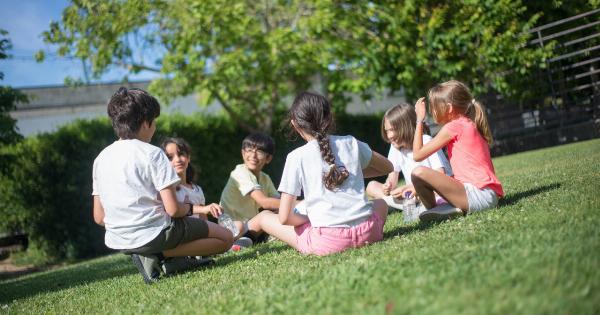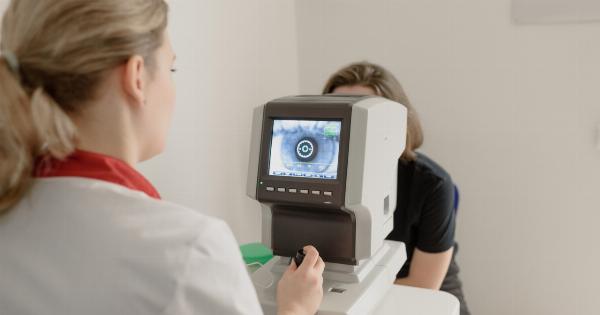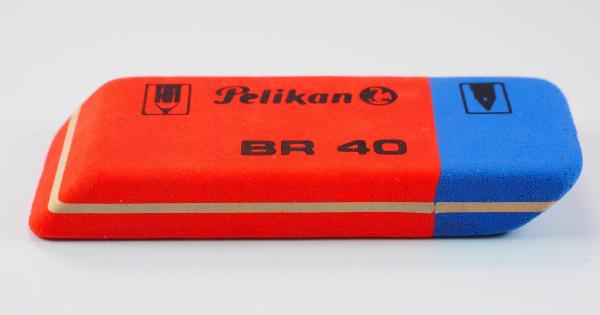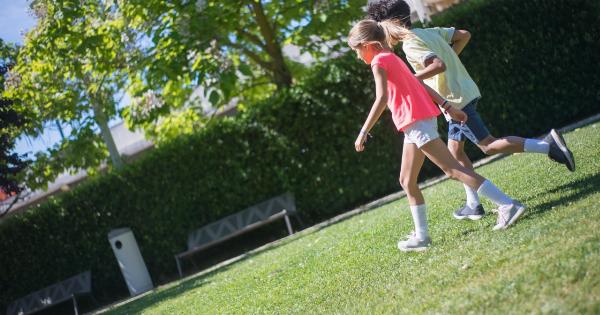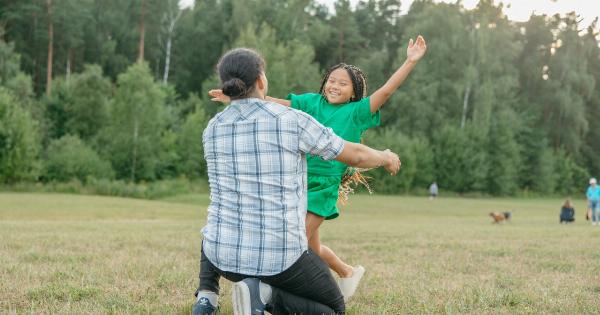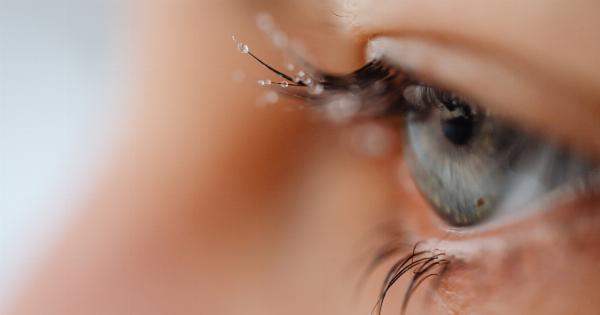Myopia, also known as nearsightedness, is a common vision problem where an individual can see nearby objects clearly, but objects that are far away appear blurred. In recent years, myopia has become increasingly prevalent in children.
It is estimated that by the year 2050, half of the world’s population will suffer from myopia. In this article, we will discuss the prevention and control of myopia in children.
Factors Contributing to Myopia in Children
There are various factors that contribute to myopia in children. Some of them include:.
- Genetics: Children with parents who have myopia are more likely to develop myopia themselves.
- Environmental factors: Activities that involve close work such as reading, writing, using digital devices, and lack of outdoor activities have been linked to an increased risk of myopia.
- Eye health: Certain eye diseases and disorders such as retinopathy of prematurity, juvenile glaucoma, and Marfan syndrome can also cause myopia in children.
Prevention of Myopia in Children
Outdoor Activities
Outdoor activities such as playing sports, running, and playing in the park have been shown to reduce the risk of myopia in children. Researchers believe that natural light exposure helps regulate eye growth and reduce the risk of myopia.
Children should be encouraged to spend at least 2 hours a day outdoors.
Limiting Digital Device Usage
Excessive use of digital devices can increase the risk of myopia in children. Children should be encouraged to take frequent breaks from digital devices and limit device usage to no more than 2 hours a day.
The distance between the eyes and the screen should also be increased to reduce eye strain.
Proper Lighting
Poor lighting can cause eye strain and increase the risk of myopia in children. Adequate lighting should be provided in reading areas to reduce eye strain.
Control of Myopia in Children
Corrective Lenses
Corrective lenses such as glasses or contact lenses can be used to correct myopia in children. These lenses help focus the light properly on the retina, improving vision.
It is important to ensure that corrective lenses are prescribed by an eye doctor and updated regularly to ensure maximum effectiveness.
Orthokeratology
Orthokeratology, also known as corneal reshaping therapy, involves wearing special contact lenses at night while sleeping. These lenses gently reshape the cornea, improving vision and reducing myopia.
Pharmaceutical Treatments
Pharmaceutical treatments such as atropine eye drops can help slow down the progression of myopia in children. These eye drops work by relaxing the muscles in the eye, reducing eye strain and slowing down eye growth that causes myopia.
Surgery
In some cases, surgery may be recommended to correct myopia in children. This usually involves reshaping the cornea using a laser. It is important to discuss the risks and benefits of surgery with an eye surgeon before making a decision.
Conclusion
Myopia is a common vision problem in children that can have significant impacts on their daily lives.
While there is no guaranteed preventative measure that can completely prevent myopia in children, proper eye care and regular visits to an eye doctor can significantly reduce the risk and severity of myopia. In severe cases, corrective lenses or surgical interventions can also be effective in treating myopia in children.
